Chaga Mushroom: The Complete Guide to Nature's Most Powerful Superfood
What Is Chaga Mushroom?
Chaga mushroom (Inonotus obliquus) stands out as one of nature's most distinctive and potent medicinal fungi. Unlike typical mushrooms with caps and stems, chaga appears as a black, charcoal-like mass growing on the outside of birch trees, resembling a burnt tumor or piece of charcoal. This striking appearance has earned it various colorful names, including "black mass," "clinker polypore," "sterile conk," and most famously, the "king of medicinal mushrooms."
What we commonly call the "chaga mushroom" is actually the sclerotium—a hardened mass of mycelium (fungal threads) that forms on the exterior of infected birch trees. The true fruiting body of the chaga fungus grows inside the tree and is rarely seen. This unique growth pattern concentrates an extraordinary array of bioactive compounds within the black exterior mass, making chaga one of the most nutrient-dense substances found in nature.
Indigenous peoples of Siberia, northern Canada, and Alaska have treasured chaga for centuries, traditionally preparing it as a warming tea during harsh winters and using it to support overall health and vitality. Today, modern science is validating many traditional uses, revealing that chaga contains one of the highest concentrations of antioxidants ever recorded in a natural substance, along with unique compounds like betulinic acid, melanin, and specialized polysaccharides.
The chaga's slow growth process—sometimes taking 10-20 years to reach harvestable size—allows it to accumulate these beneficial compounds while drawing nutrients from its birch tree host. This symbiotic relationship creates a truly unique superfood that bridges ancient wisdom with contemporary wellness science.
The Unique Properties of Chaga Mushroom
What sets chaga mushroom apart from other medicinal fungi is its exceptional concentration of bioactive compounds:
-
Antioxidant powerhouse:
- ORAC (Oxygen Radical Absorbance Capacity) values among the highest measured in natural foods
- Contains superoxide dismutase (SOD), a crucial antioxidant enzyme
- Rich in phenolic compounds that neutralize free radicals
- Melanin content provides additional antioxidant protection
- Studies show significantly higher antioxidant activity than blueberries, acai, and green tea
-
Unique compound profile:
- Betulinic acid: Derived from birch trees, known for its anti-inflammatory and immune-supporting properties
- Inotodiol: A triterpenoid with potential liver-protective effects
- Ergosterol: A precursor to vitamin D2
- Lanosterol: A steroid compound with various biological activities
- Beta-glucans: Polysaccharides that support immune function
-
Mineral content:
- High in potassium, magnesium, iron, and zinc
- Contains trace minerals like copper, manganese, and selenium
- Provides B-complex vitamins, particularly B2 (riboflavin)
- Contains amino acids and proteins
-
Adaptogenic properties:
- Helps the body adapt to various physical and mental stressors
- Supports the hypothalamic-pituitary-adrenal (HPA) axis
- May help regulate cortisol levels
- Traditionally used to enhance stamina and endurance
-
Immune-modulating compounds:
- Beta-glucans that activate and balance immune responses
- Polysaccharides that enhance white blood cell activity
- Compounds that may help regulate inflammatory processes
- Substances that support the body's natural defense mechanisms
This remarkable biochemical profile makes chaga mushroom a truly unique superfood with potential benefits that extend far beyond basic nutrition.

Health Benefits of Chaga Mushroom
Immune System Support
Chaga mushroom has gained recognition as one of nature's most powerful immune system modulators:
-
Immune cell activation:
- Beta-glucans in chaga stimulate macrophages, the immune system's first line of defense
- Research shows enhanced natural killer (NK) cell activity
- May improve the function of dendritic cells, crucial for immune recognition
- Supports both innate and adaptive immune responses
-
Balanced immune response:
- Unlike simple immune stimulants, chaga helps regulate immune function
- May reduce overactive immune responses in autoimmune conditions
- Supports appropriate immune activation when facing pathogens
- Research suggests benefits for both underactive and overactive immune systems
-
Anti-viral properties:
- Studies indicate potential activity against various viruses
- Traditional use during cold and flu season
- May help reduce severity and duration of respiratory infections
- Compounds show promise in laboratory antiviral research
-
Research findings:
- Animal studies demonstrate enhanced resistance to pathogens
- Human studies show improved immune markers
- Traditional use supports modern research findings
- Ongoing clinical trials investigating immune benefits
Regular consumption of chaga mushroom as part of a healthy lifestyle may help maintain robust immune function throughout the year.
Antioxidant and Anti-Aging Effects
The exceptional antioxidant content of chaga mushroom offers significant anti-aging potential:
-
Free radical protection:
- Highest recorded ORAC values among natural foods
- Neutralizes multiple types of free radicals
- Protects cellular DNA from oxidative damage
- May slow cellular aging processes
-
Skin health support:
- Melanin content may support skin pigmentation and UV protection
- Antioxidants help prevent premature skin aging
- Traditional use for maintaining healthy complexion
- May support collagen production and skin elasticity
-
Cellular protection:
- SOD (superoxide dismutase) enzyme activity supports cellular health
- Protects mitochondria, the powerhouses of cells
- May help maintain healthy cellular energy production
- Supports the body's natural repair mechanisms
-
Longevity factors:
- Traditional use as a longevity tonic
- May support healthy aging processes
- Antioxidants help protect against age-related cellular damage
- Research exploring potential lifespan extension benefits
The remarkable antioxidant profile of chaga mushroom makes it a valuable addition to anti-aging and longevity-focused wellness routines.
Stress and Energy Support
As an adaptogen, chaga mushroom helps the body maintain balance during physical and mental stress:
-
Stress hormone regulation:
- May help normalize cortisol levels during chronic stress
- Supports healthy adrenal function
- Traditional use during demanding physical conditions
- May improve stress resilience over time
-
Energy and endurance:
- Historical use by hunters and laborers in harsh climates
- May support sustained energy without stimulant effects
- Potential benefits for physical endurance and stamina
- Supports healthy energy metabolism
-
Mental clarity and focus:
- Traditional use for mental clarity during long winter months
- Antioxidants may support brain health and cognitive function
- May help maintain focus during stressful periods
- Potential neuroprotective properties
-
Sleep quality:
- Unlike stimulants, chaga typically doesn't interfere with sleep
- May help regulate sleep-wake cycles
- Traditional evening use without sleep disruption
- Supports overall nervous system balance
These adaptogenic properties make chaga mushroom particularly valuable for individuals facing chronic stress or demanding lifestyles.
Digestive and Liver Health
Chaga mushroom has been traditionally used to support digestive wellness and liver function:
-
Digestive support:
- Traditional use for digestive discomfort
- May help soothe inflammatory digestive conditions
- Prebiotic effects support beneficial gut bacteria
- Fiber content supports healthy digestion
-
Liver protection:
- Betulinic acid and other compounds may support liver health
- Traditional use for liver cleansing and support
- Antioxidants help protect liver cells from damage
- May support the liver's natural detoxification processes
-
Anti-inflammatory effects:
- May help reduce inflammation throughout the digestive tract
- Compounds show anti-inflammatory activity in research
- Traditional use for inflammatory conditions
- Supports overall gut health and barrier function
-
Metabolic support:
- May help regulate blood sugar levels
- Traditional use for metabolic balance
- Potential benefits for healthy cholesterol levels
- Supports overall metabolic function
Regular use of chaga mushroom may contribute to better digestive health and liver function as part of a comprehensive wellness approach.

Forms and Preparation Methods
Traditional Chaga Tea Preparation
The most time-honored way to consume chaga mushroom is as a warming tea:
-
Basic chaga tea recipe:
-
Ingredients:
- 2-3 chunks of dried chaga (about 1-2 tablespoons when broken up)
- 4-5 cups of filtered water
- Optional: honey, cinnamon, or ginger for flavor
-
Instructions:
- Break chaga into smaller pieces (pea-sized or smaller)
- Add to pot with cold water
- Bring to a boil, then reduce to low simmer
- Simmer covered for 1-3 hours (longer extraction = stronger tea)
- Strain through fine mesh strainer or cheesecloth
- Add optional flavorings to taste
- Serve hot or store in refrigerator for up to one week
-
Ingredients:
-
Cold brew method:
- Soak chaga pieces in cold water for 12-24 hours
- Strain and consume cold or warm gently
- Produces a milder flavor than hot brewing
- Preserves heat-sensitive compounds
-
Pressure cooker method:
- Use the same ratios as traditional method
- Pressure cook on high for 20-30 minutes
- Allow natural pressure release
- Results in stronger extraction in less time
-
Multiple brewing:
- Chaga chunks can be reused 3-5 times
- Each subsequent brewing will be milder
- Store used chunks in refrigerator between uses
- Compost spent chaga after final use
Traditional chaga tea has an earthy, slightly bitter flavor that many find becomes quite pleasant with regular consumption.
Chaga Powder and Extract Forms
For convenience and concentrated benefits, processed chaga offers several advantages:
-
Chaga powder applications:
- Dosage: Typically 1-2 teaspoons (3-6 grams) daily
-
Preparation methods:
- Mixed into hot water for instant tea
- Added to smoothies and protein shakes
- Incorporated into coffee or other beverages
- Mixed into yogurt, oatmeal, or other foods
- Used in baking recipes (though heat may reduce some benefits)
-
Chaga extract types:
- Water extracts: Focus on polysaccharides and water-soluble compounds
- Alcohol extracts: Concentrate triterpenes and alcohol-soluble compounds
- Dual extracts: Combine both methods for full spectrum benefits
- Standardized extracts: Guarantee specific levels of active compounds
-
Liquid extract usage:
- Typical dosage: 1-3 dropperfuls daily
- Can be taken directly under the tongue
- Mixed into beverages or foods
- Faster absorption than powder forms
- Concentrated potency in small volumes
-
Capsule supplements:
- Convenient for consistent dosing
- Travel-friendly option
- Masks the bitter taste for sensitive palates
- Usually contain powder or extract in standardized amounts
-
Quality considerations for processed forms:
- Look for organic certification
- Choose suppliers who test for contaminants
- Verify extraction methods and concentration ratios
- Check for third-party quality verification
- Avoid products with unnecessary additives or fillers
Different forms offer various advantages, allowing you to choose based on convenience, taste preferences, and specific wellness goals.
Creative Chaga Recipes
Beyond traditional tea, chaga can be incorporated into various foods and beverages:
-
Chaga coffee blend:
- Mix 1 teaspoon chaga powder with your regular coffee grounds
- Brew as normal for a antioxidant-rich morning beverage
- Reduces coffee's acidity while adding earthy flavor
- Provides sustained energy without jitters
-
Chaga hot chocolate:
-
Ingredients:
- 1 cup plant-based milk (almond, oat, or coconut)
- 1 teaspoon chaga powder
- 1 tablespoon cacao powder
- 1 teaspoon maple syrup or honey
- ¼ teaspoon cinnamon
- Pinch of vanilla extract
-
Instructions:
- Heat milk gently in a saucepan
- Whisk in chaga and cacao powders
- Add sweetener and spices
- Blend with immersion blender for frothy texture
- Serve warm for a comforting, healthy treat
-
Ingredients:
-
Chaga smoothie bowl:
- Blend frozen berries, banana, and plant milk
- Add 1 teaspoon chaga powder for earthy richness
- Top with nuts, seeds, and fresh fruit
- Provides antioxidants and sustained energy
-
Chaga energy balls:
-
Ingredients:
- 1 cup pitted dates, soaked
- ½ cup nuts (almonds or walnuts)
- 2 tablespoons chaga powder
- 1 tablespoon cacao powder
- 1 tablespoon coconut oil
- ½ teaspoon vanilla extract
- Pinch of sea salt
-
Instructions:
- Process dates and nuts in food processor
- Add remaining ingredients and process until sticky
- Roll into balls and refrigerate until firm
- Store in refrigerator for quick energy snacks
-
Ingredients:
These creative preparations make it easy to incorporate chaga mushroom into your daily routine while enjoying delicious flavors.
Sourcing and Quality Considerations
Sustainable Harvesting Practices
The growing demand for chaga mushroom raises important sustainability concerns:
-
Wild harvesting challenges:
- Chaga takes 10-20 years to reach harvestable size
- Over-harvesting can damage birch tree hosts
- Climate change affects traditional growing regions
- Increased demand pressures wild populations
-
Sustainable harvesting guidelines:
- Take only what you need, leave the majority of each chaga mass
- Harvest from healthy trees, avoiding stressed or dying birches
- Allow at least 10 years between harvests from the same location
- Learn proper identification to avoid harvesting similar-looking fungi
- Consider supporting certified sustainable suppliers instead of personal harvesting
-
Cultivation efforts:
- Some companies are developing cultivation methods
- Laboratory cultivation of chaga mycelium is possible
- Cultivated products may lack some wild chaga compounds
- Research continues into sustainable production methods
-
Ethical sourcing:
- Support suppliers who practice sustainable harvesting
- Look for certifications from environmental organizations
- Consider the environmental impact of your chaga consumption
- Support indigenous communities who traditionally harvest chaga
-
Alternative approaches:
- Some companies offer lab-grown chaga mycelium
- Fermented chaga products provide some benefits
- Consider rotating chaga with other medicinal mushrooms
- Use chaga mindfully and respectfully
Responsible sourcing ensures chaga mushroom remains available for future generations while supporting sustainable practices.
Identifying Quality Chaga Products
Not all chaga products offer equal benefits. Here's how to identify superior options:
-
Whole chaga chunks:
- Appearance: Black, charcoal-like exterior with orange-brown interior
- Texture: Hard and woody, should break with a crack
- Smell: Earthy, pleasant mushroom aroma (not moldy or sour)
- Source: Preferably from birch trees in northern regions
- Size: Larger chunks generally indicate older, more potent chaga
-
Powder quality indicators:
- Color: Should be dark brown to black
- Texture: Fine powder without visible chunks or debris
- Solubility: Should dissolve relatively well in hot water
- Taste: Earthy and slightly bitter, not unpleasantly harsh
- Origin: Clear information about source location and harvesting
-
Extract quality factors:
- Extraction method: Dual extraction (water and alcohol) provides full spectrum
- Concentration ratio: Higher ratios (like 20:1) indicate more concentrated products
- Active compounds: Look for specified levels of polysaccharides and triterpenes
- Testing: Third-party testing for purity and potency
- Certification: Organic certification provides additional quality assurance
-
Red flags to avoid:
- Unusually cheap prices (may indicate inferior quality or adulteration)
- Products claiming to cure specific diseases (FDA regulations prohibit such claims)
- Lack of origin information or harvesting details
- Missing third-party testing or quality certifications
- Poor customer reviews regarding taste, effects, or quality
-
Reputable supplier characteristics:
- Transparent about sourcing and processing methods
- Provides detailed product information and lab results
- Offers responsive customer service
- Has positive reviews from verified customers
- Demonstrates commitment to sustainability
Taking time to research and select quality chaga products ensures you receive the maximum benefits from this valuable superfood.

Dosage and Safety Guidelines
Recommended Dosage
Proper dosing helps maximize benefits while ensuring safety:
-
General dosage guidelines:
- Chaga tea: 1-3 cups daily of properly prepared tea
- Chaga powder: 1-2 teaspoons (3-6 grams) daily
- Liquid extract: 1-3 dropperfuls daily (follow manufacturer instructions)
- Capsules: Follow package directions, typically 1-3 capsules daily
-
Beginner protocol:
- Start with half the recommended dose
- Monitor your body's response for 1-2 weeks
- Gradually increase to full dose if well-tolerated
- Some people experience detox symptoms initially
-
Timing considerations:
- Can be taken any time of day (doesn't typically affect sleep)
- Many prefer morning consumption for energy support
- Taking with meals may improve digestibility
- Consistent daily use often provides best results
-
Cycling options:
- Some practitioners recommend 5 days on, 2 days off
- Others suggest 3 weeks on, 1 week off
- Continuous use is generally considered safe for healthy individuals
- Consult healthcare providers for personalized protocols
-
Factors affecting dosage:
- Body weight and size
- Individual sensitivity
- Health status and goals
- Quality and concentration of the product
- Concurrent medications or supplements
Start conservatively and adjust based on your individual response and wellness goals.
Safety Considerations and Contraindications
While generally considered safe, chaga mushroom does have some important considerations:
-
Generally recognized as safe (GRAS):
- Long history of traditional use
- No known acute toxicity
- Generally well-tolerated by most people
- Considered a food rather than medicine in most jurisdictions
-
Potential side effects (rare but possible):
- Digestive upset in sensitive individuals
- Mild detox symptoms when first starting
- Allergic reactions in mushroom-sensitive people
- Possible blood sugar effects (monitor if diabetic)
-
Drug interactions:
- Blood thinners: Chaga may have mild anticoagulant effects
- Diabetes medications: May affect blood sugar levels
- Immunosuppressants: May interfere with intentional immune suppression
- Autoimmune medications: Consult healthcare providers before use
-
Special populations:
- Pregnancy and breastfeeding: Insufficient safety data; generally advised to avoid
- Children: Limited safety data; consult pediatricians before use
- Surgery: Discontinue 2 weeks before scheduled surgery due to potential bleeding effects
- Autoimmune conditions: Use with caution as chaga may stimulate immune function
-
Quality-related safety:
- Choose products tested for contaminants
- Avoid products with heavy metals or pesticides
- Be cautious of products from polluted environments
- Verify proper identification (some tree fungi are toxic)
-
When to consult healthcare providers:
- If taking prescription medications
- If you have chronic health conditions
- If experiencing unusual symptoms after starting chaga
- Before using during pregnancy or breastfeeding
- If you have known allergies to mushrooms or fungi
As with any supplement, it's wise to consult with healthcare providers familiar with medicinal mushrooms, especially if you have existing health conditions or take medications.
Frequently Asked Questions About Chaga Mushroom
Common Questions and Expert Answers
Here are answers to frequently asked questions about chaga mushroom:
-
Is chaga mushroom actually a mushroom? Technically, what we call "chaga mushroom" is the sclerotium—a hardened mass of mycelium that grows on the outside of birch trees. The actual fruiting body (what we typically think of as a mushroom) grows inside the tree and is rarely seen. However, chaga is commonly referred to as a mushroom due to its fungal nature and traditional use.
-
How long does it take to see benefits from chaga? Individual responses vary, but many people report feeling more energetic within 1-2 weeks of regular use. Immune system benefits may take 4-6 weeks to become noticeable. Long-term benefits like improved stress resilience often develop over 2-3 months of consistent use. Some people experience immediate effects, while others notice gradual improvements over time.
-
Can I harvest chaga myself? While possible, harvesting wild chaga requires significant knowledge and should be done sustainably. You must properly identify chaga (mistaking it for other tree fungi can be dangerous), ensure sustainable harvesting practices, and often need landowner permission. Many experts recommend purchasing from reputable suppliers rather than harvesting yourself, especially given sustainability concerns.
-
Does chaga taste good? Chaga has an earthy, slightly bitter flavor that many describe as similar to coffee or black tea. The taste is generally milder than many other medicinal mushrooms. Most people find the flavor pleasant or neutral, though some initially find it bitter. Adding natural sweeteners like honey or combining with other flavors can improve palatability for sensitive tastes.
-
Can chaga replace my coffee? While chaga doesn't contain caffeine, many people find it provides sustained energy without jitters or crashes. Some use it as a coffee substitute, while others combine chaga powder with coffee. Chaga won't provide the immediate stimulation of caffeine but may offer more balanced, long-term energy support.
-
Is wild chaga better than cultivated? Wild chaga is generally considered more potent because of its slow growth process and interaction with birch trees over many years. However, cultivated chaga mycelium and lab-grown options are becoming available and may offer advantages in terms of sustainability and consistency. Quality varies more by processing and sourcing practices than simply wild versus cultivated status.
-
How much chaga is in commercial products? This varies significantly between products. Whole chaga chunks are 100% chaga, while extracts may be concentrated at various ratios (such as 10:1 or 20:1, meaning 10 or 20 pounds of chaga were used to make 1 pound of extract). Always check labels for specific chaga content and concentration information.
These answers address common concerns and help people make informed decisions about incorporating chaga mushroom into their wellness routines.
Conclusion: Embracing the Power of Chaga Mushroom
Chaga mushroom represents one of nature's most remarkable gifts—a superfood that bridges ancient wisdom with modern scientific understanding. Its extraordinary antioxidant content, unique bioactive compounds, and adaptogenic properties make it a valuable addition to contemporary wellness practices.
Whether you're drawn to chaga for its immune-supporting properties, its potential anti-aging benefits, or its role as a natural adaptogen, this remarkable fungus offers a wealth of health-promoting compounds in forms that range from traditional teas to convenient supplements.
As you explore chaga mushroom, remember that quality matters significantly. Choose products from reputable suppliers committed to sustainable harvesting practices and rigorous quality testing. Start with appropriate doses and be patient—chaga's benefits often develop gradually with consistent use.
The growing scientific interest in chaga mushroom continues to validate traditional uses while revealing new potential applications. From supporting immune function and providing antioxidant protection to helping the body adapt to stress, chaga offers a natural approach to wellness that has served northern peoples for centuries.
By incorporating chaga mushroom into your daily routine—whether through a warming morning tea, a convenient powder mixed into smoothies, or a concentrated extract—you're connecting with an ancient tradition of natural health support while embracing one of nature's most potent superfoods.
As with any wellness practice, consistency and quality are key. Choose chaga products thoughtfully, use them regularly, and be mindful of the remarkable journey this "king of medicinal mushrooms" has taken from Siberian forests to modern wellness routines around the world.

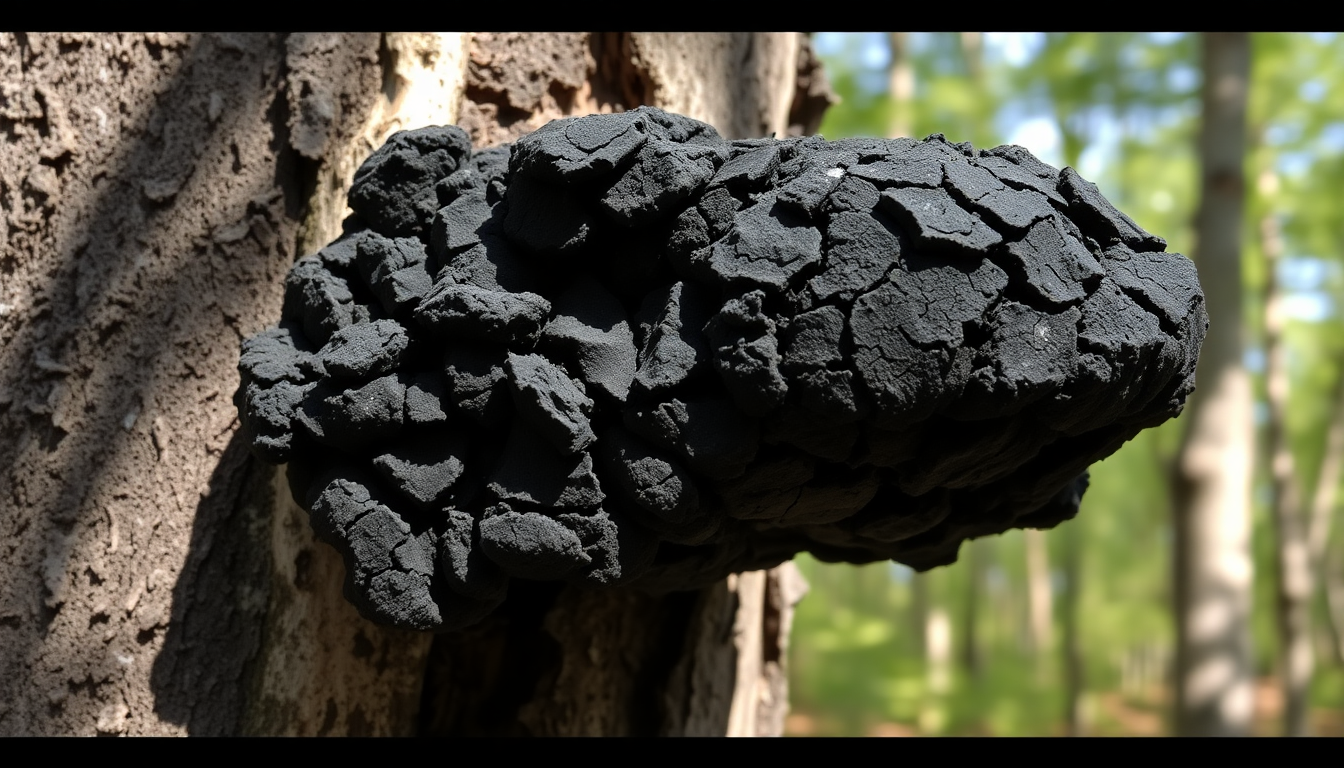
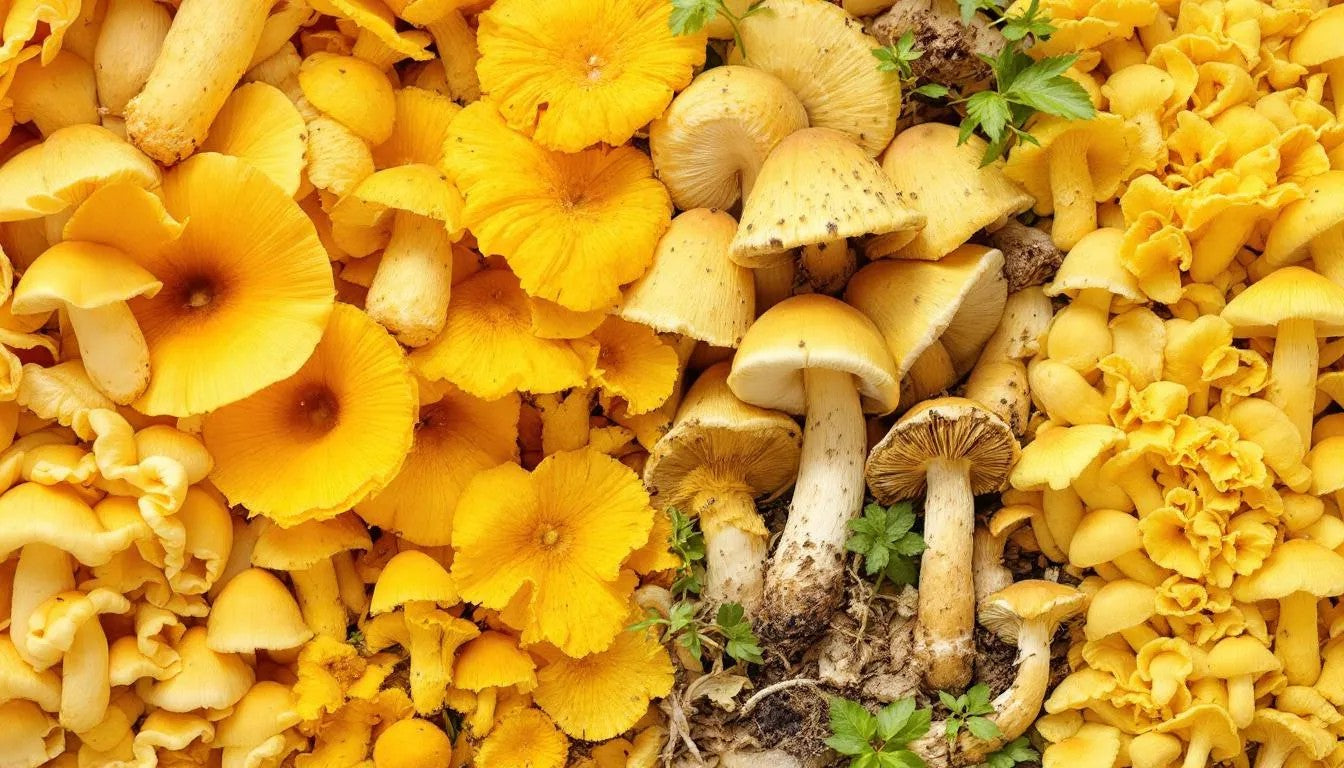

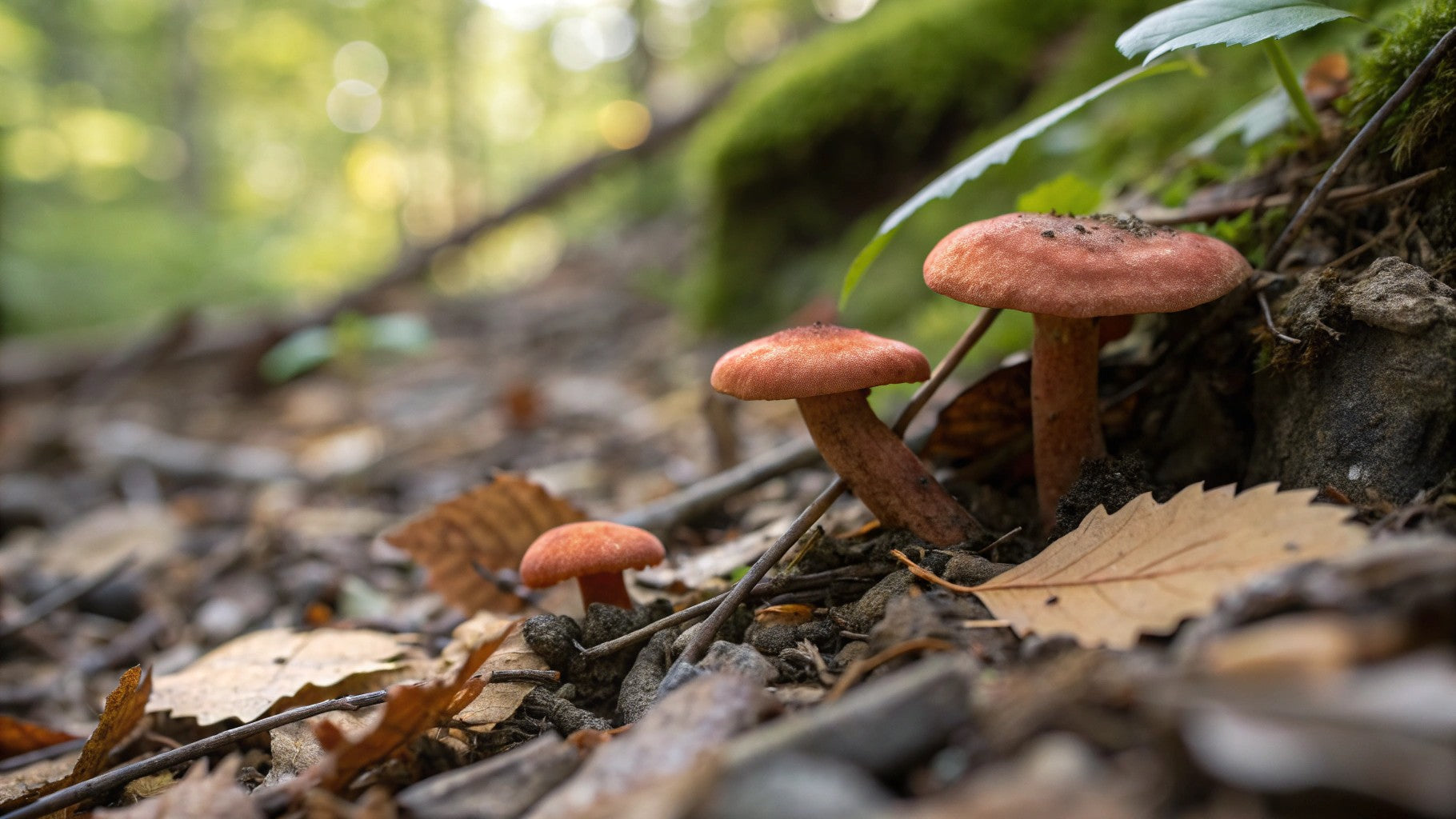
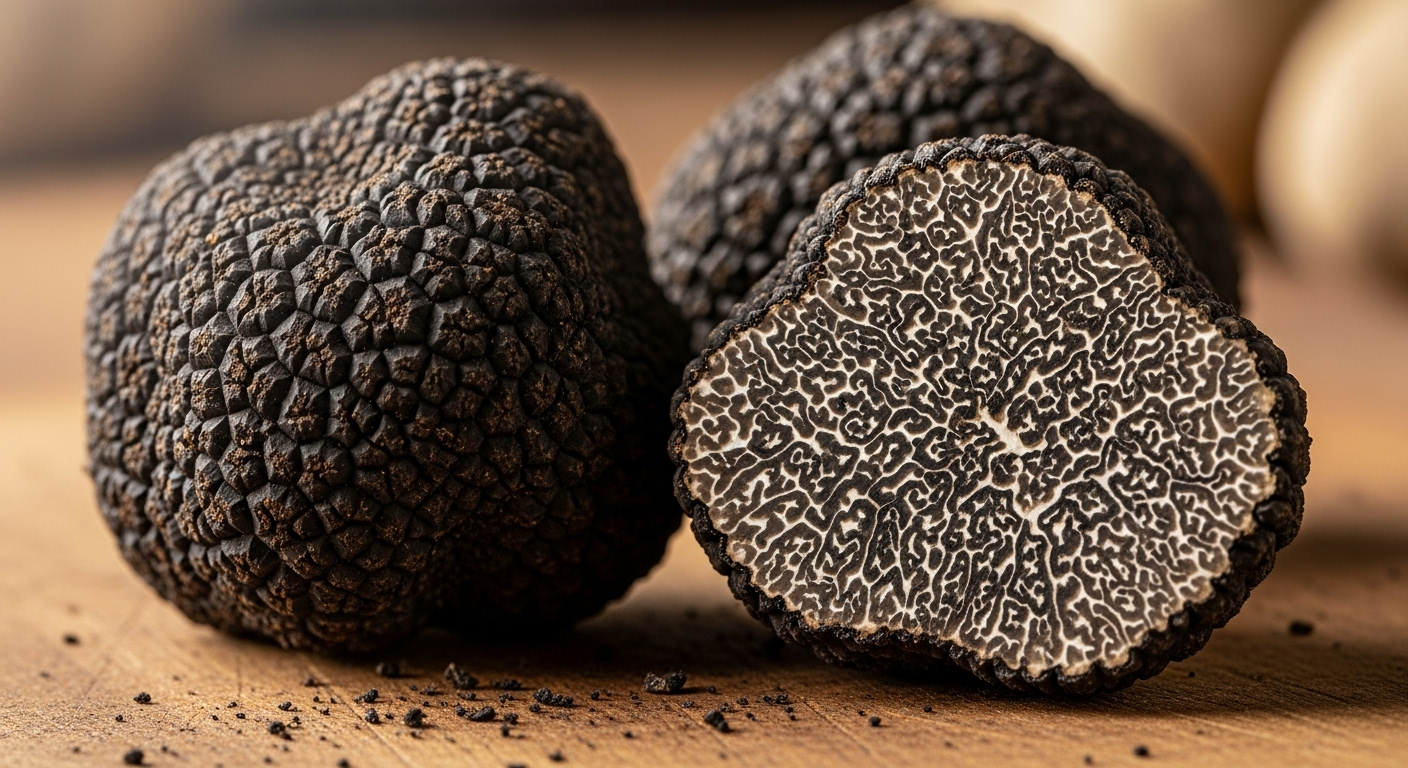
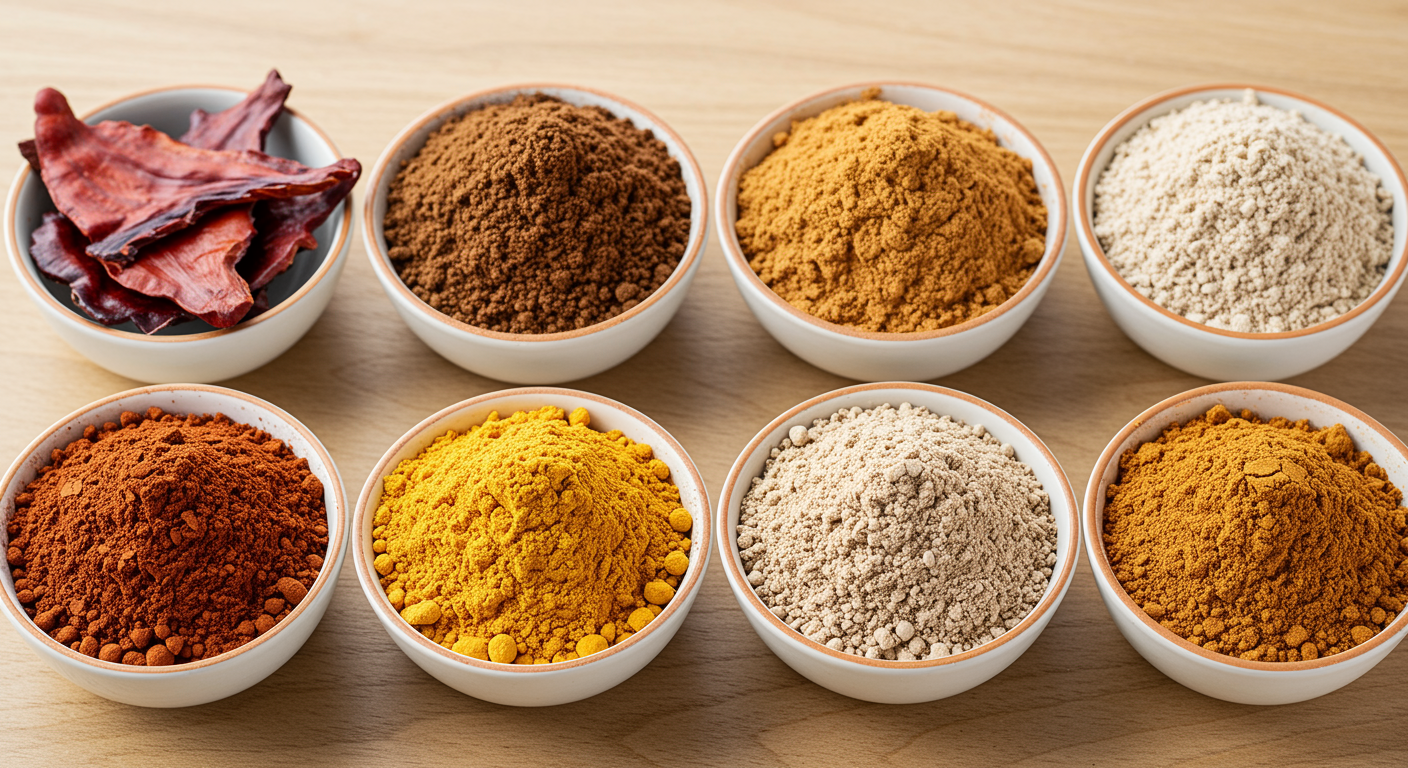

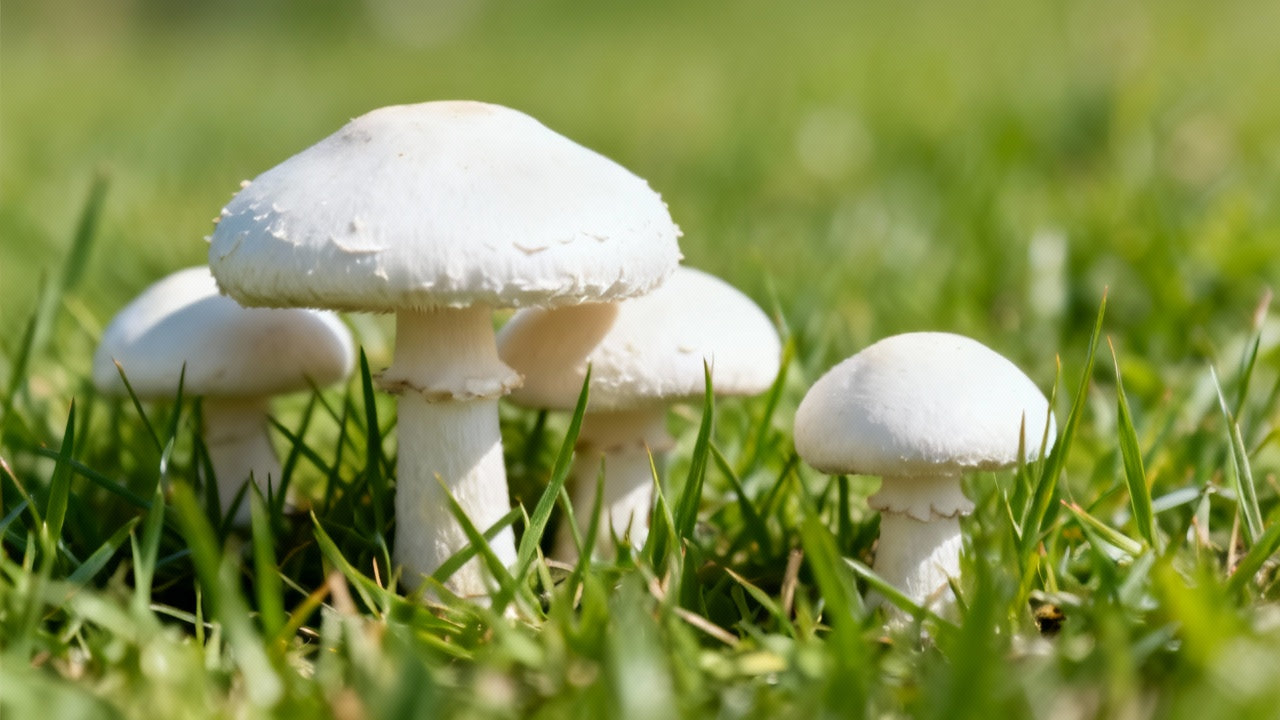
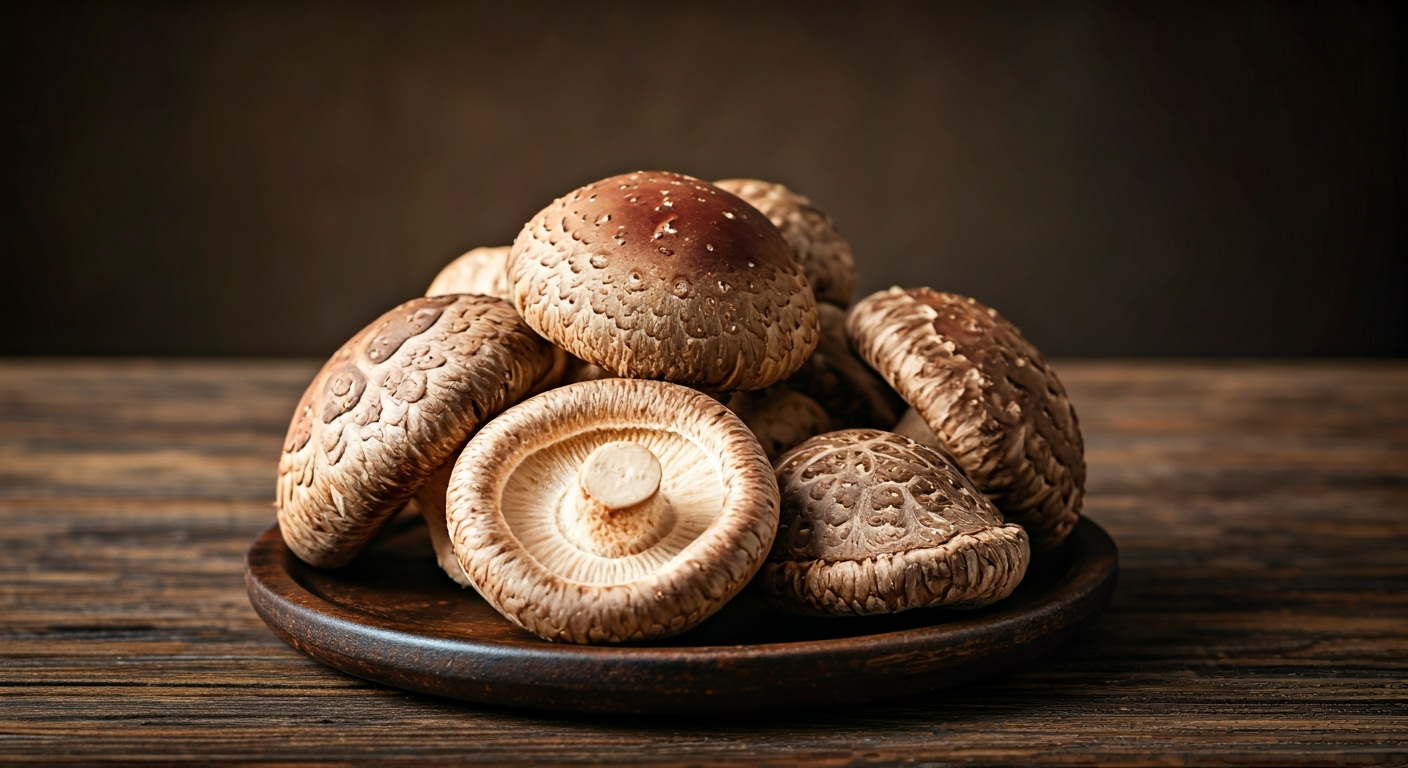
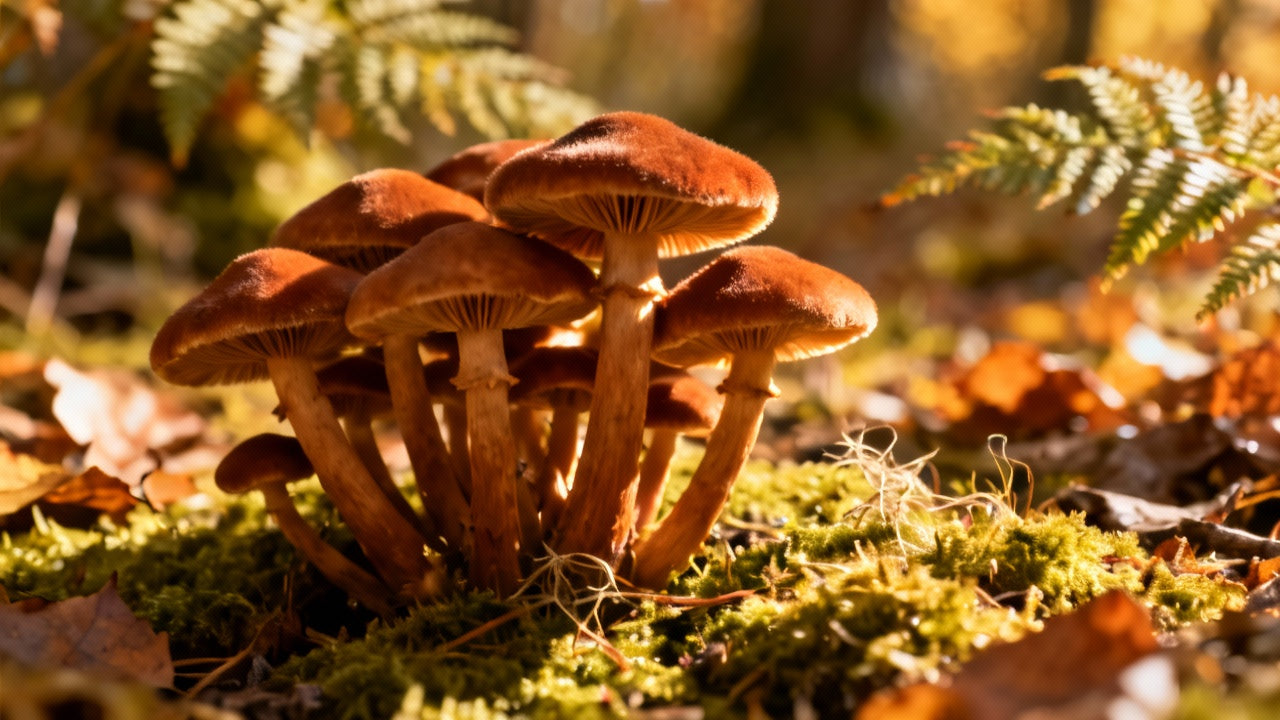
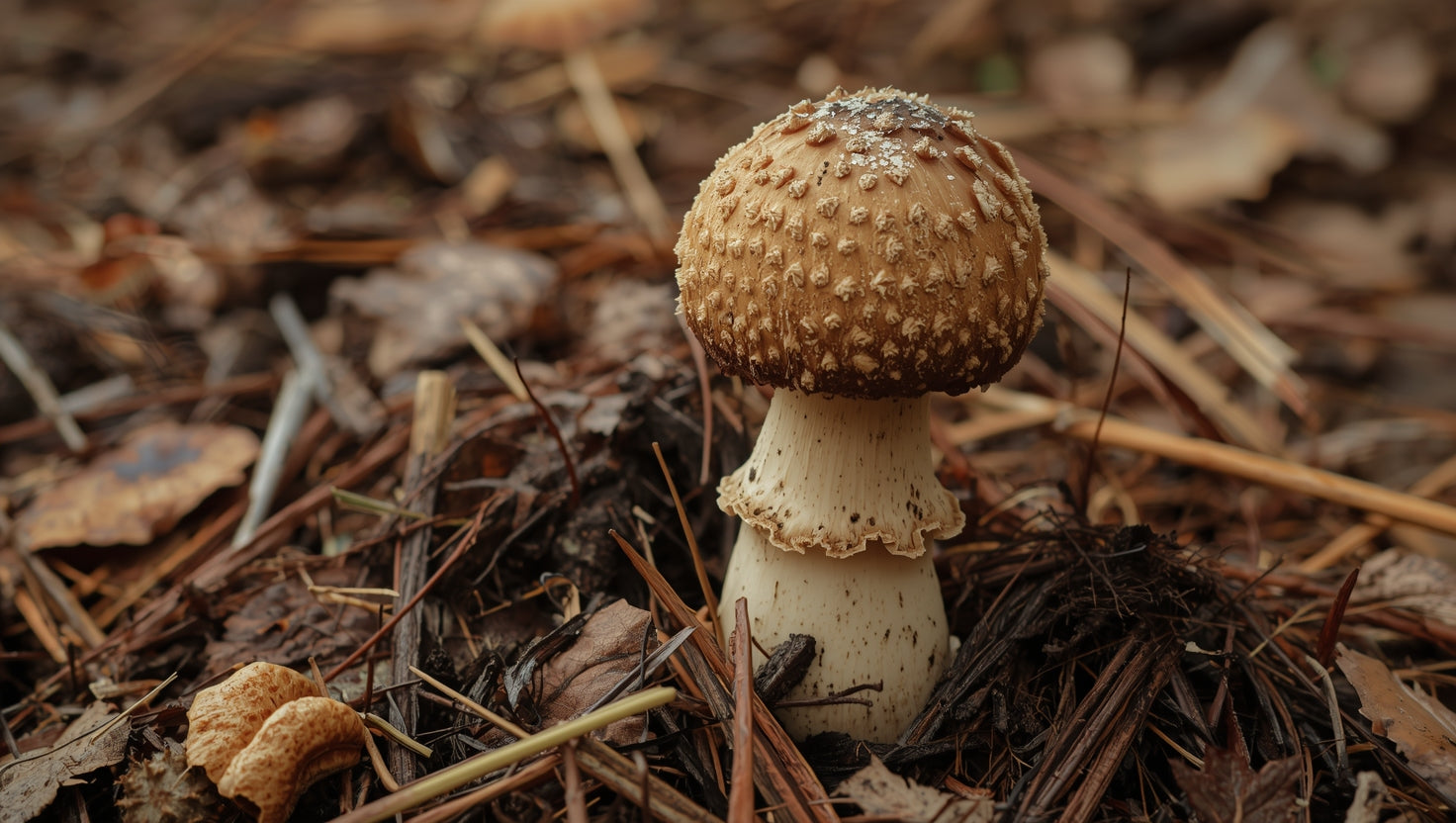
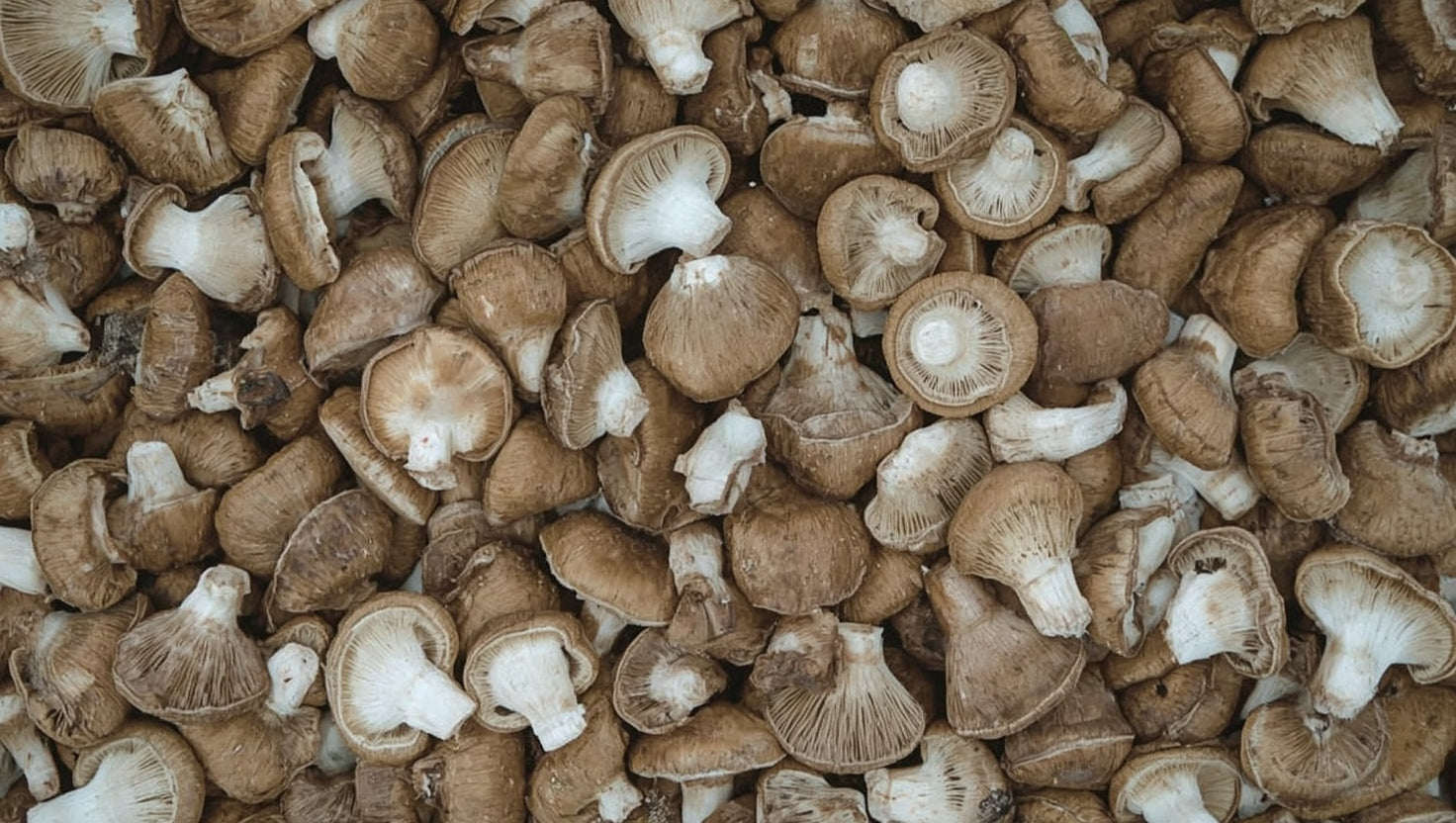
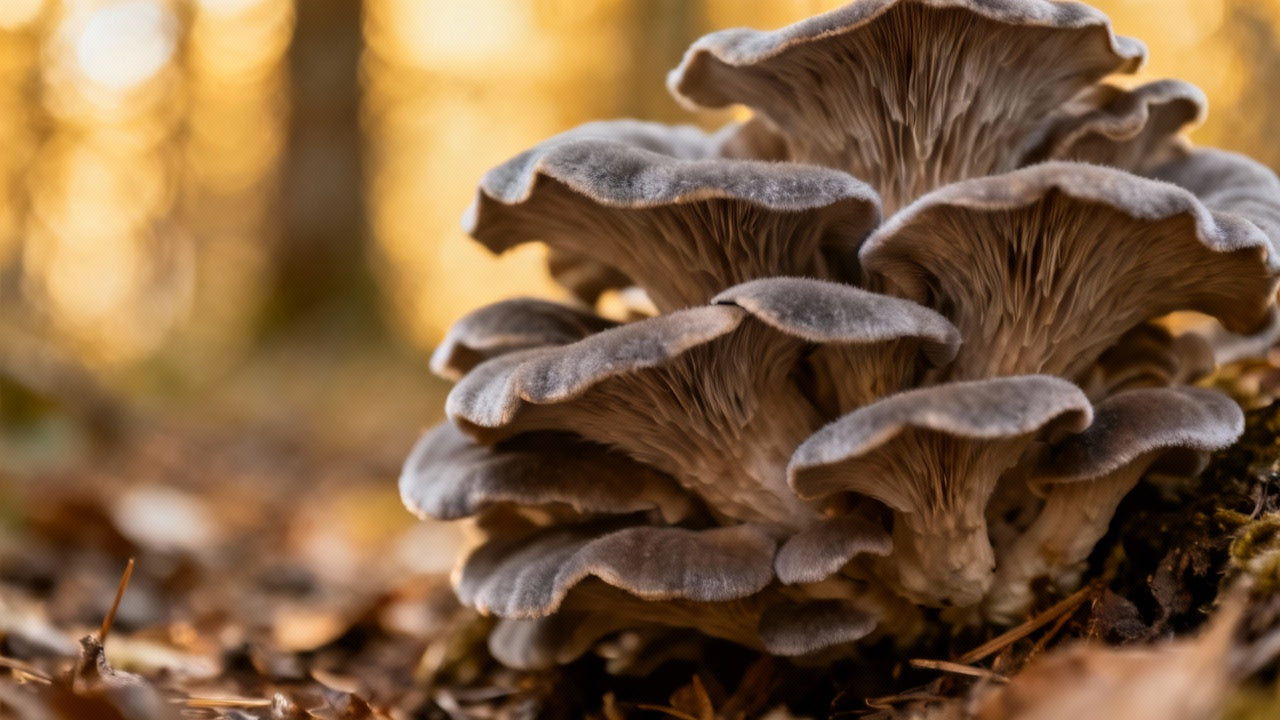
Share:
Mushroom Soup Secrets Unveiled: How to Create the Perfect Bowl of Comfort
Can Dogs Eat Mushrooms? The Ultimate Pet Safety Guide (2025)